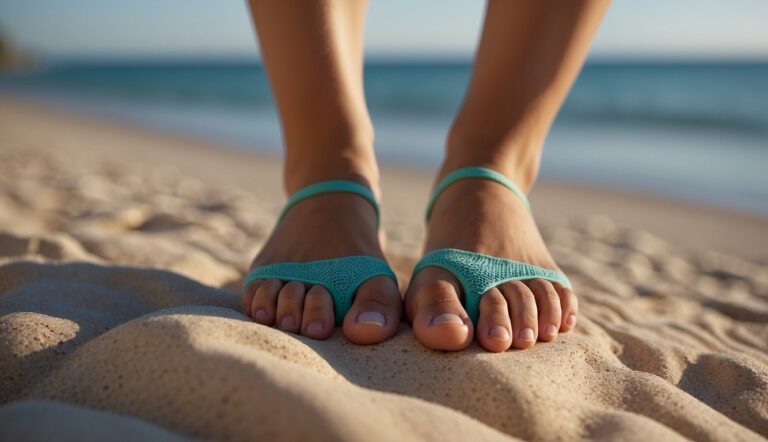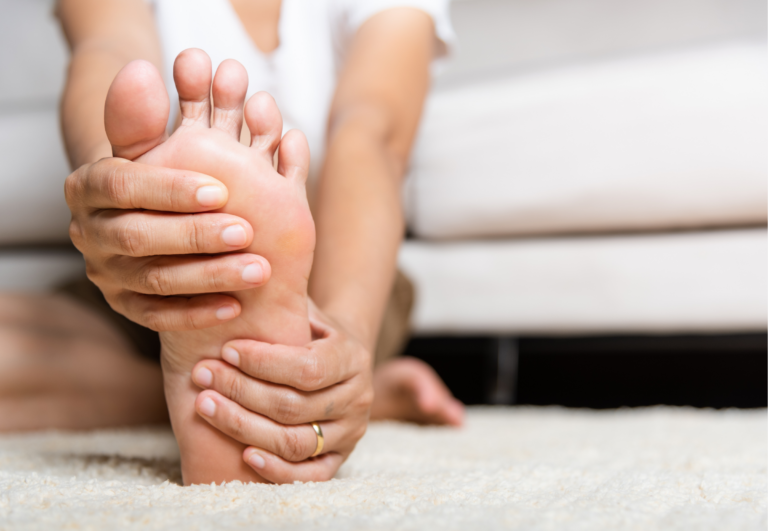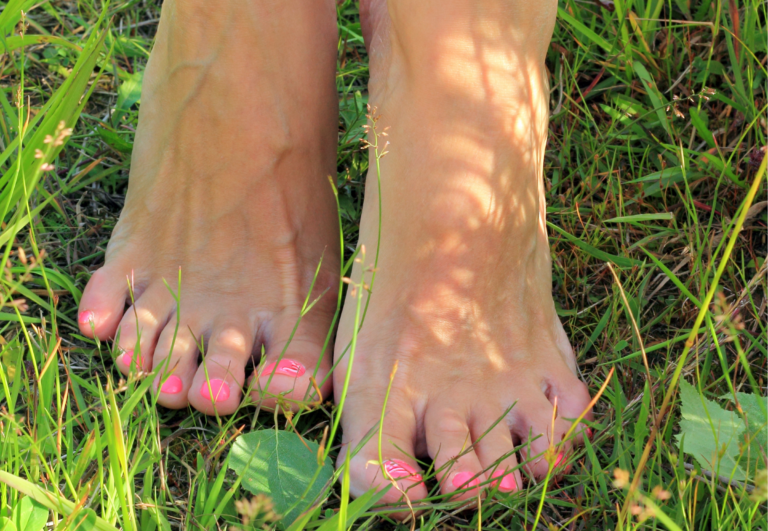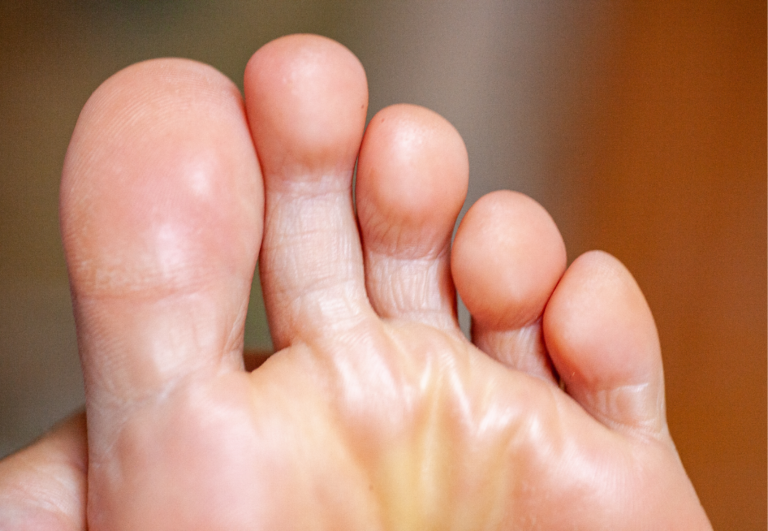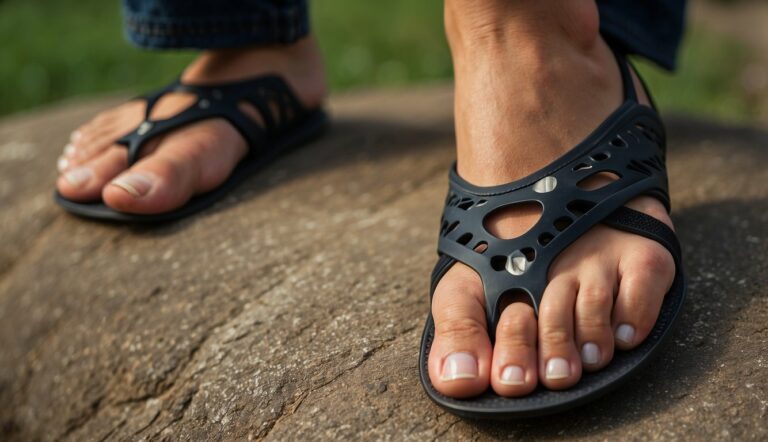Can Toe Spacers Be Harmful? Understanding the Risks and Precautions
Toe spacers have emerged as a popular tool for alleviating foot pain and improving overall foot health. Designed to position the toes in a more natural alignment, they can help to distribute balance evenly across the foot. Many users experience a sense of comfort and relief while using these spacers, as they can aid in reducing the stress on toes that have been constricted by narrow footwear.
However, like any remedy intended for the body, toe spacers must be used correctly to avoid potential harm. Incorrect use, wearing them for too long, or using them with existing foot conditions without professional guidance could lead to discomfort or exacerbate problems. It’s important for individuals to listen to their bodies and start with short intervals of wear as they gradually introduce their feet to the new alignment promoted by the spacers.
I’ve found that attention to the body’s response is crucial. You should monitor for any sign of pain or discomfort which may indicate that the toe spacers are not suitable for your particular foot structure or condition. Properly used, toe spacers can be a beneficial part of a foot care routine, but awareness and care are paramount to ensure they provide benefits without causing harm.
Understanding Toe Spacers and Their Purpose
Toe spacers are non-invasive tools designed to alleviate discomfort and support proper toe alignment attributed to various foot conditions. My aim here is to provide you with a clear understanding of their construction and the issues they’re meant to help with.
Design and Materials of Toe Spacers
Toe spacers are most commonly crafted from soft materials like silicone or gel, providing flexibility and comfort for the wearer. Their design typically allows for individual placement between the toes, keeping them in a straighter, more natural position. The materials selected for toe spacers are crucial for their functionality:
- Silicone: Durable, flexible, and usually hypoallergenic, silicone toe spacers offer the right balance between firmness and pliability.
- Gel: Gel-based spacers provide a softer cushion, conforming well to the contours between toes, and are often used for temporary relief during activities or rest.
Conditions Toe Spacers Aim to Address
Toe spacers are employed in the management of various foot-related conditions, including bunions and other toe deformities. Their purposes are specific:
- Bunions: The spacers can help in reducing the pressure and realigning the joint of the big toe.
- Toe Deformities: Conditions such as hammertoes or overlapping toes can be managed with the spacing provided, aiming to reduce friction and potentially slow the progression of the deformity.
The Benefits of Using Toe Spacers
Toe spacers are designed to enhance foot health by improving toe alignment, reducing pain, and encouraging strength and stability.
Improvement of Toe Alignment
Toe spacers work by gently separating the toes, which can correct and improve alignment over time. My use of toe spacers has shown that they can help in mitigating the discomfort associated with overlapping toes or bunions. Through their realigning action, the toes can gradually return to a more natural position.
Relief from Pain and Discomfort
One immediate benefit I’ve noticed is the relief from pain and discomfort. Toe spacers are known to alleviate pressure on the joints and soft tissues of the foot, helping to reduce instances of pain caused by conditions like hammer toes or plantar fasciitis. Their cushioning effect can provide soothing comfort after a long day on your feet.
Enhancing Foot Strength and Stability
Regular use of toe spacers can also contribute to increased foot strength and stability. By separating the toes, these devices encourage muscles to activate and work more efficiently. This supports better balance and proprioception, which is the body’s ability to sense its position and movement. Overall, this leads to a stronger foundation, significant for both everyday activities and athletic performance.
Potential Risks and Downsides
While toe spacers are designed to help with foot alignment and relieve discomfort, they come with potential risks if not used correctly. As someone experienced with their use, I want to highlight some of these concerns that could arise from improper use of toe spacers.
When Not to Use Toe Spacers
- Existing Severe Foot Conditions: If you have severe foot deformities or acute pain, it’s best to consult a healthcare provider before using toe spacers. They might exacerbate certain conditions.
- Poor Circulation: Those with diabetes or poor circulation should exercise caution. Toe spacers might affect blood flow if not fitted properly.
Possible Adverse Effects
- Pressure and Friction: Incorrect size or material of toe spacers can create excess pressure or friction, potentially leading to blisters, corns, or calluses.
- Pain: While toe spacers are meant to relieve pain, using them for too long or choosing the wrong type can cause discomfort and pain.
- Interference with Natural Foot Function: If toe spacers are overused, they can interfere with the natural function of the feet, leading to a dependency on them for comfort.
Choosing the Right Toe Spacers
When selecting toe spacers, it’s essential to focus on material quality, comfort, and the right fit to prevent any harm.
Factors to Consider Before Purchase
Material: Toe spacers come primarily in two types of materials—silicone and foam. Silicone is durable, maintains shape, and is often recommended by podiatrists because of its spongy yet firm consistency. Foam, while softer and potentially more comfortable, may not last as long.
| Material | Durability | Comfort | Price |
|---|---|---|---|
| Silicone | High | Moderate | Mid-Range |
| Foam | Lower | High | Lower |
Design and Size: Ensure that the design of the toe spacer matches the specific foot issue you’re addressing. They must fit well to be effective without causing additional discomfort. Toe spacers should not be restrictive but should allow a degree of flexibility for the toes.
Price: While inexpensive options are appealing, investing in a higher-quality toe spacer may provide better support and last longer. Cheap products might save money in the short term but can lack the necessary support and can degrade quickly.
Recommendations from Podiatrists
Podiatrists suggest looking for toe spacers that can be easily cleaned and are reusable. A podiatrist‘s advice is valuable, especially if you have specific foot conditions.
- Silicone toe spacers are often reusable and provide a balance between flexibility and support.
- The comfort of the toe spacer is paramount; discomfort could mean inadequate size or improper fit.
Prioritize recommendations from foot care specialists as they understand the nuances of foot health, including when and how to use toe spacers effectively.
Best Practices for Toe Spacer Usage

When integrating toe spacers into your lifestyle, it’s important to follow a structured approach that enhances foot strength and flexibility without causing strain or injury.
Incorporating Toe Spacers into Daily Routine
To maximize the benefits of toe spacers, start by wearing them for short periods each day, gradually increasing the time as your toes adapt. Consistency is key; try to use the spacers during a regular daily activity such as:
- Reading: One hour with spacers can be a good start.
- Working at desk: Build up to two hours, paying attention to any discomfort.
Remember, consult with a healthcare professional if you have pre-existing foot conditions.
Exercises and Stretches with Toe Spacers
Incorporating toe spacers into exercises and stretches can aid in the recovery process and assist with running-related foot issues. Here are some guidelines:
- Toe squeeze: Place spacers between toes and clench toes for a few seconds, then release. Repeat 10 times.
- Foot flexes: With spacers in, flex your feet up and down to improve ankle stability.
A combination of static stretches and dynamic exercises can help in preventing toe deformities and improving overall foot health. Always listen to your body and discontinue any movement that causes pain.
